Amazing! NASA shares the sound of a star which is 6500 light-years away
Scientists have managed to convert the visual data of a star to its sound! This is how it happened.
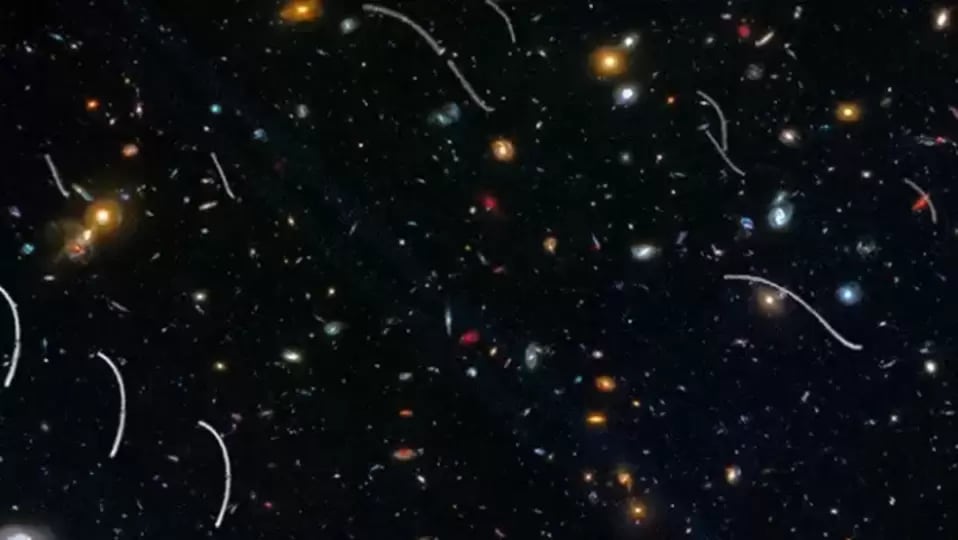
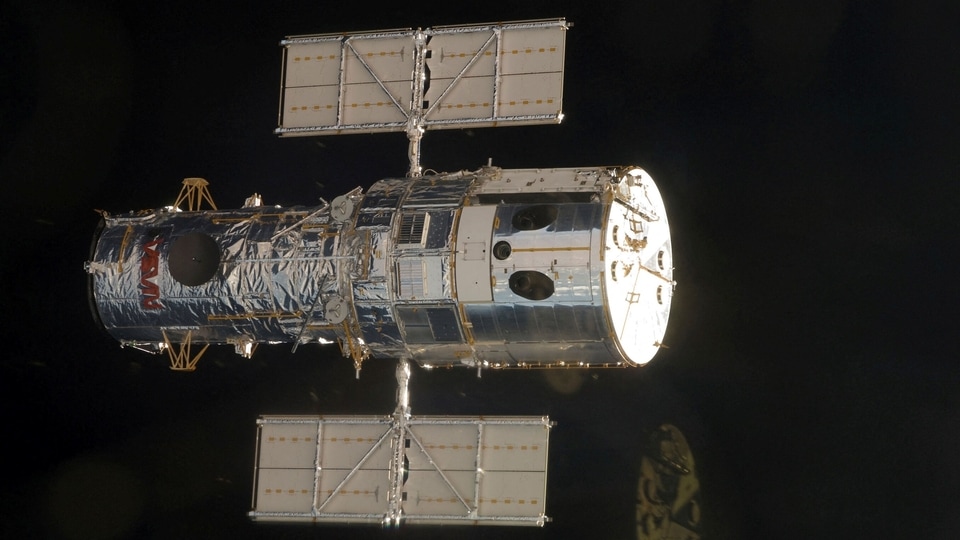
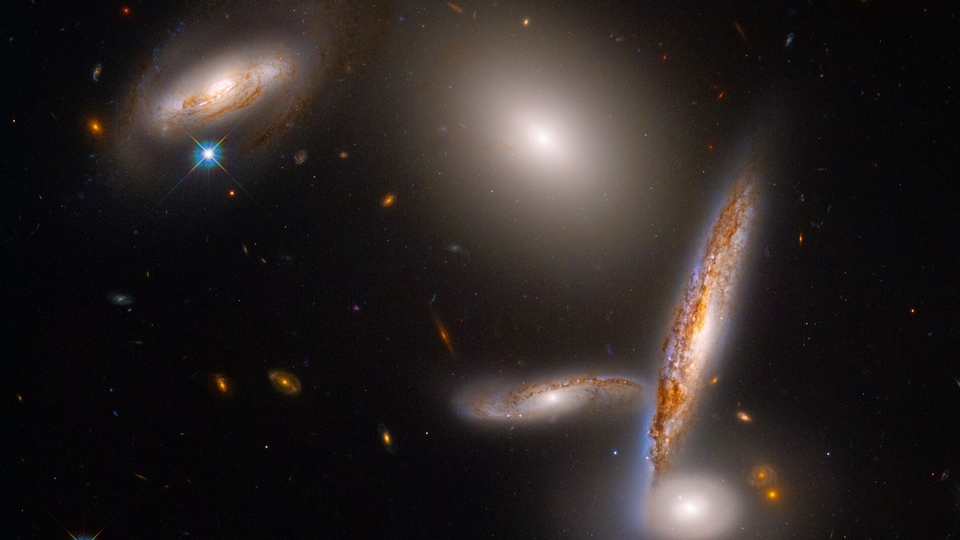
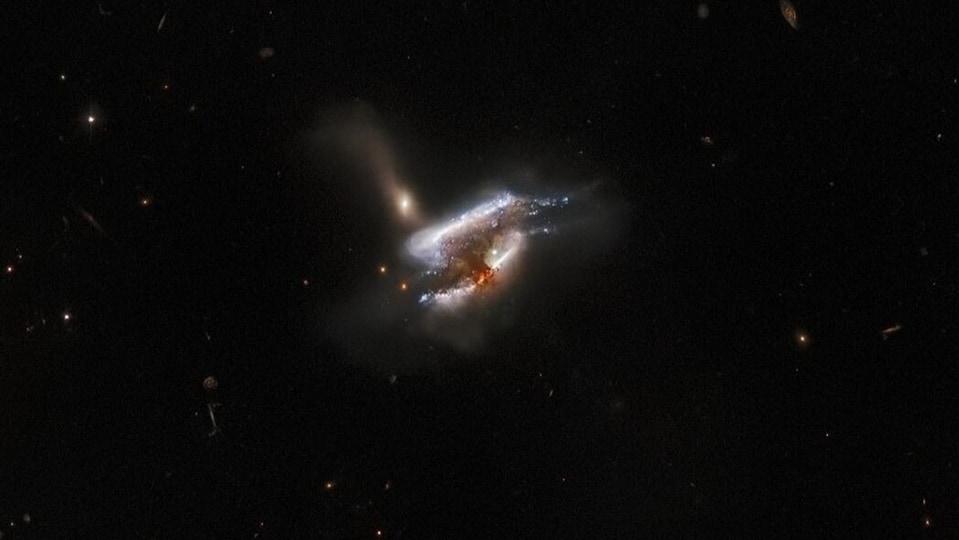
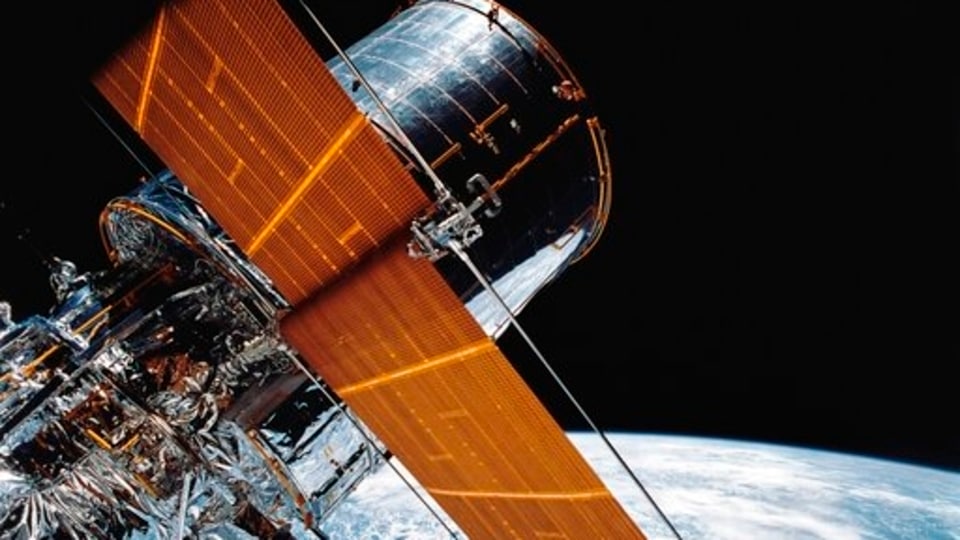
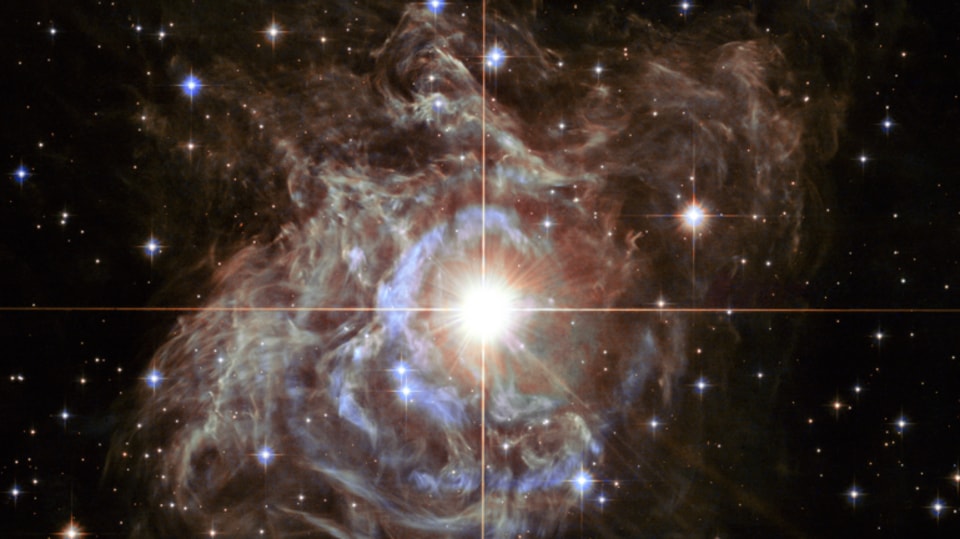
 View all Images
View all ImagesWe can't hear the sound of stars with our ears, but they are actually performing a concert even at this moment! However, now you can hear the sound of one of the most stunning stars. It is RS Puppis, a Cepheid variable star which is around 200 times larger than our Sun and covered with dust reflecting starlight. NASA says that located about 6,500 light-years away, this star rhythmically brightens and dims over a six-week cycle.
How do scientists record the sound of a star
This star got the data sonification treatment by the sci-art outreach project SYSTEM Sounds. During the process, they took an image of the star captured by the Hubble Space Telescope and transcribed light into sound. This happened while assigning pitch to the direction from the center of the image and volume to the brightness of the light.
NASA says “In this sonification, scientists represent data in the image as sound for a new, festive way of experiencing RS Puppis. Pitch is assigned based on direction from the center; as the circle travels inward, points at the top of the circle are mapped to higher notes and points near the bottom are mapped to lower notes.” The space agency further directed that the light towards the left is predominantly audible in the left speaker, while light towards the right is primarily heard in the right speaker. Furthermore, the brightness in the image is translated into a higher volume.
NASA's retired Kepler space telescope played a crucial role in the revolution of space observation, having provided observations of waves in tens of thousands of stars since its launch in 2009. The Transiting Exoplanet Survey Satellite (TESS), launched by NASA in April 2018, may observe sound waves in up to one million red giants, the evolved and massive stars that resemble what our Sun will be like in 5 billion years.
Did you know?
Did you know that the largest stars produce the lowest and deepest sounds, such as tubas and double basses. Conversely, small stars have high-pitched tones, similar to celestial flutes. These stars are not limited to playing a single "note," as our Sun alone has thousands of different sound waves echoing within it at any given moment.
Catch all the Latest Tech News, Mobile News, Laptop News, Gaming news, Wearables News , How To News, also keep up with us on Whatsapp channel,Twitter, Facebook, Google News, and Instagram. For our latest videos, subscribe to our YouTube channel.
































